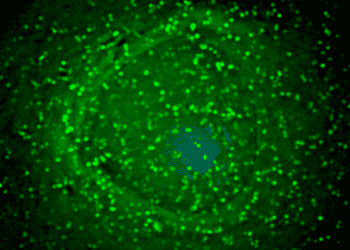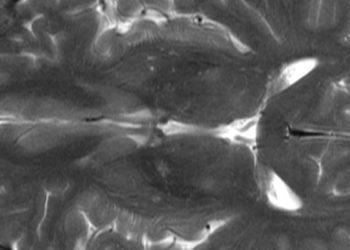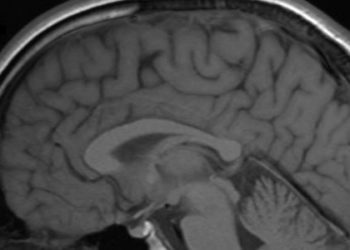Combo antifungal therapy most effective treatment for cryptococcal meningitis
Image: PD/CDC
1. In the treatment of cryptococcal meningitis, induction with combination antifungal therapy (amphotericin B and flucytosine) demonstrated better survival than induction regimens with amphotericin B alone as well as amphotericin B and fluconazole.
2. The incidence of neutropenia was higher in both groups treated with combined antifungal agents.
Study Rundown: Cryptococcal meningitis is an opportunistic infection that commonly affects HIV positive patients with CD4 counts less than 100. Current guidelines recommend treating this infection with a combination of two antifungal agents – amphotericin B and flucytosine. This study was the first to demonstrate a mortality benefit and faster cerebrospinal fluid (CSF) yeast clearance with combination therapy as opposed to amphotericin B alone. Another combination of amphotericin B and fluconazole (a cheaper, more readily available drug with fewer side effects) was also examined in this study and found to also be less effective.
While the baseline characteristics of patients in this study were well controlled, CD4 counts and CSF yeast counts were missing in almost one third of each group. Therefore, a major limitation of this study is the possible heterogeneity between the groups. Additionally, the use of antiretroviral drugs was left to physician discretion and patient preference, which might have also influenced survival in this study.
Click to read the study, published today in NEJM
In Depth [randomized, three-group, open-label study]: This study compared various induction regimens for the treatment of cryptococcal meningitis. 299 participants were randomized into one of three groups: group 1 (amphotericin B only), group 2 (amphotericin B/flucytosine), group 3 (amphotericin B/fluconazole). Co-primary outcome was death by day 14 and day 70. The hazard ratio of death by day 70 and 6 months in Group 2 v. Group 1 was 0.61 (0.39-0.97 95%CI, p=0.04) and 0.56 (0.36-0.86 95%CI, p=0.01). Cerebrospinal fluid fungal counts at 14 days and time to clearance was fastest in Group 2 (p<0.001 for all comparisons). One statistically significant side effect was neutropenia, which was highest in groups 2 and 3 – the combination regimens (34/100 and 32/99, p=0.04).
By Jonathan Liu and Mitalee Patil
© 2013 2minutemedicine.com. All rights reserved. No works may be reproduced without written consent from 2minutemedicine.com. Disclaimer: We present factual information directly from peer reviewed medical journals. No post should be construed as medical advice and is not intended as such by the authors or by 2minutemedicine.com. PLEASE SEE A HEALTHCARE PROVIDER IN YOUR AREA IF YOU SEEK MEDICAL ADVICE OF ANY SORT. Content is produced in accordance with fair use copyrights solely and strictly for the purpose of teaching, news and criticism. No benefit, monetary or otherwise, is realized by any participants or the owner of this domain.









